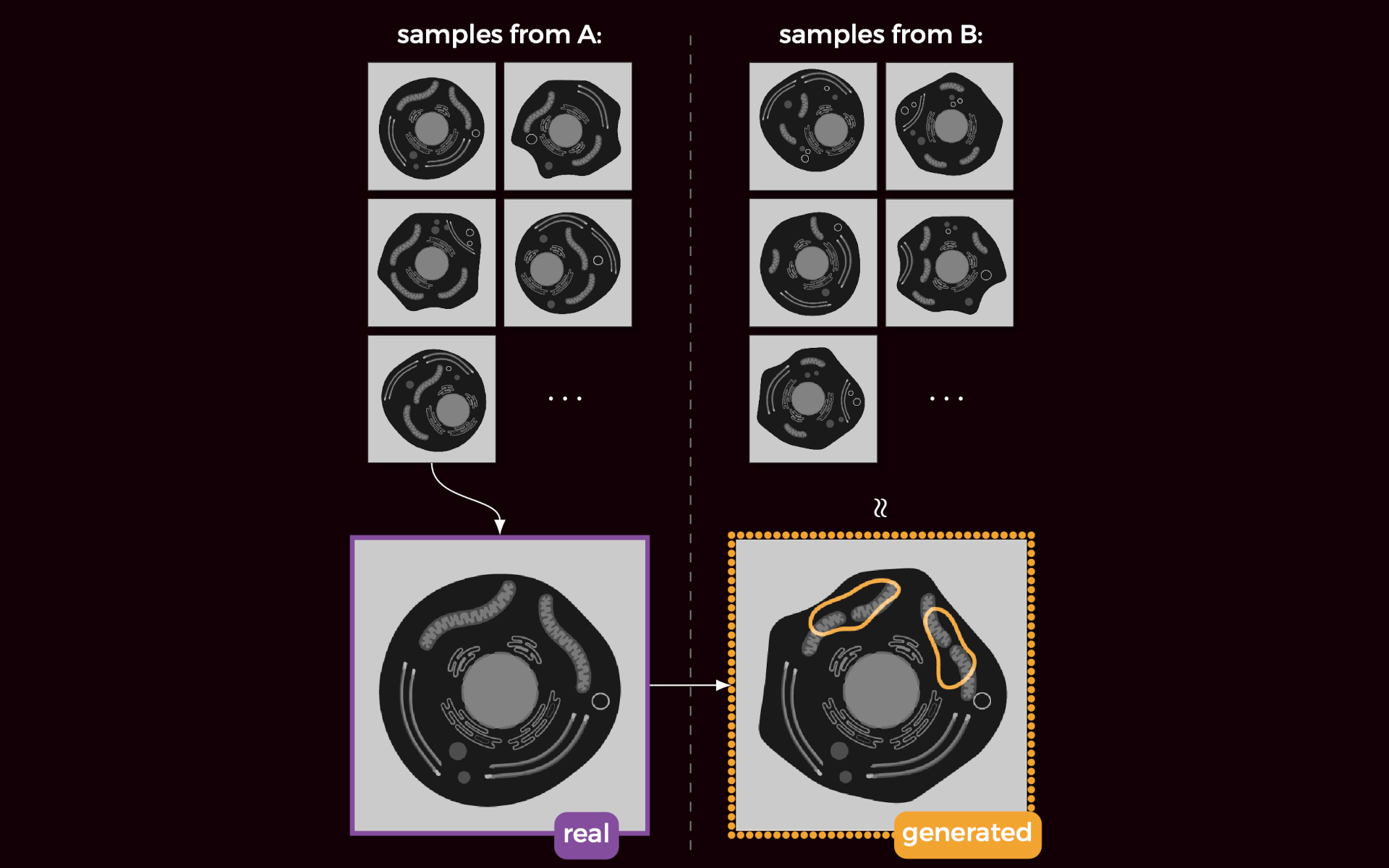QuAC
Quantitative Attribution with Counterfactuals
We address the problem of explaining the decision process of deep neural network classifiers on images, which is of particular importance in biomedical datasets where class-relevant differences are not always obvious to a human observer.
Our proposed solution, termed quantitative attribution with counterfactuals (QuAC), generates visual explanations that highlight class-relevant differences by attributing the classifier decision to changes of visual features in small parts of an image.
To that end, we train a separate network to generate counterfactual images (i.e., to translate images between different classes). We then find the most important differences using novel discriminative attribution methods.
Crucially, QuAC allows scoring of the attribution and thus provides a measure to quantify and compare the fidelity of a visual explanation.
We demonstrate the suitability and limitations of QuAC on two datasets: (1) a synthetic dataset with known class differences, representing different levels of protein aggregation in cells and (2) an electron microscopy dataset of Drosophila synapses with different neurotransmitters, where QuAC reveals so far unknown visual differences.
We further discuss under which conditions datasets should be collected to allow methods like QuAC to provide insight into class-relevant features, and how those insights can be used to derive novel biological hypotheses.

